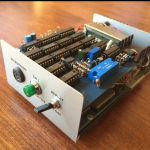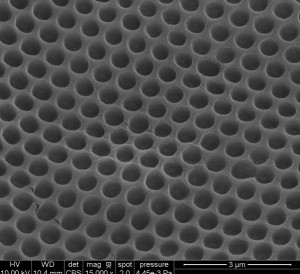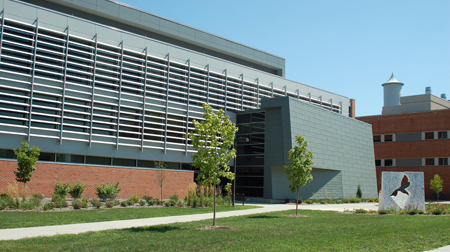
ECpE alum, James Mitchell (EE ‘82), may have created the world’s first digital outgoing telephone message machine during his time at Iowa State University.
Mitchell displayed a working prototype of the digital outgoing message with a taped incoming system at the Iowa State University VEISHEA Engineering Open House in April 1982. Using 35 integrated circuits (16 memory chips) and the digital and analog experience from his courses, Mitchell created his project in just three weeks.
“I saw the open house as an opportunity,” Mitchell said. “I wanted to do something as profound as I could possibly do.” He added that he had to develop his own a Analog to Digital converter and encoding process, as these were not readily available commodities during that time.

The project won a Gold award, the highest of the three levels, from David T. Stephenson faculty advisor and J.O. Kopplin the department chair of the time.
In Mitchell’s award letter, Stephenson and Kopplin state that his phone-answering system was “a particularly interesting exhibit for the many visitors who have some knowledge of digital techniques and who have ever found themselves ‘talking to a machine.’”
Mitchell credits the VEISHEA Open House with helping him receive his position at Rockwell Collins after graduation. He was offered the job after his VEISHEA demonstration and continued to stay with Rockwell Collins for the next 33 years until retiring last December.
Although Kazou Hashimoto holds the patent for a digital answering machine, he did not invent the machine until 1983, a year after Mitchell’s presentation of his digital answering machine.
Mitchell may also hold the title for the first created LED television display in 1977. His monochromatic model was displayed at the International Science and Engineering Fair (ISEF) expo in Anaheim Ca. 1978 and won awards from NASA, General Motors Corporation and Westinghouse.
Currently, Mitchell holds 40 patents with another 12 pending, the majority related to aircraft and satellite communication. He lives in Cedar Rapids with his wife.


